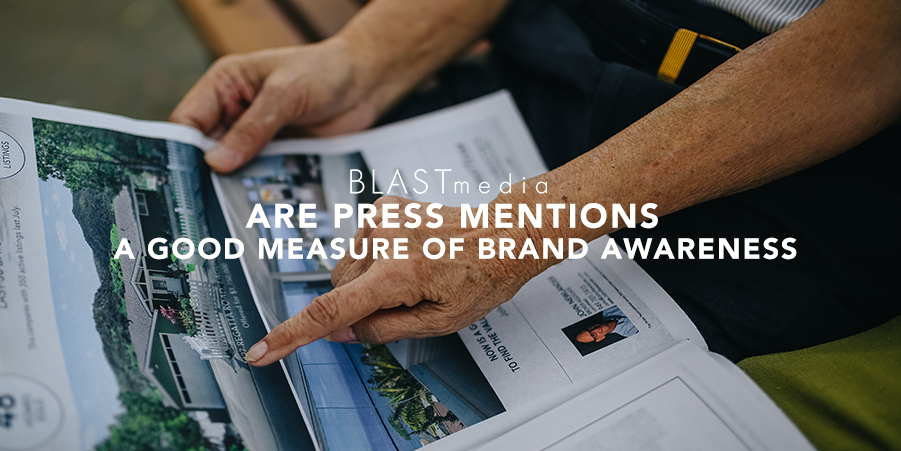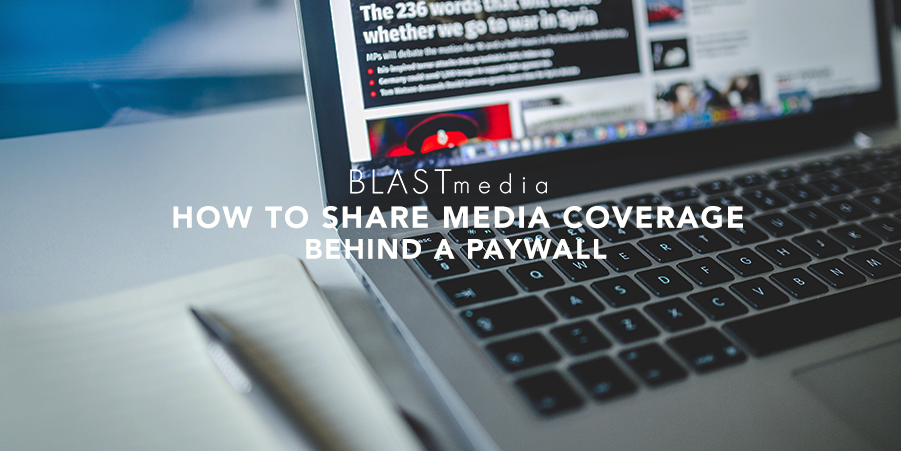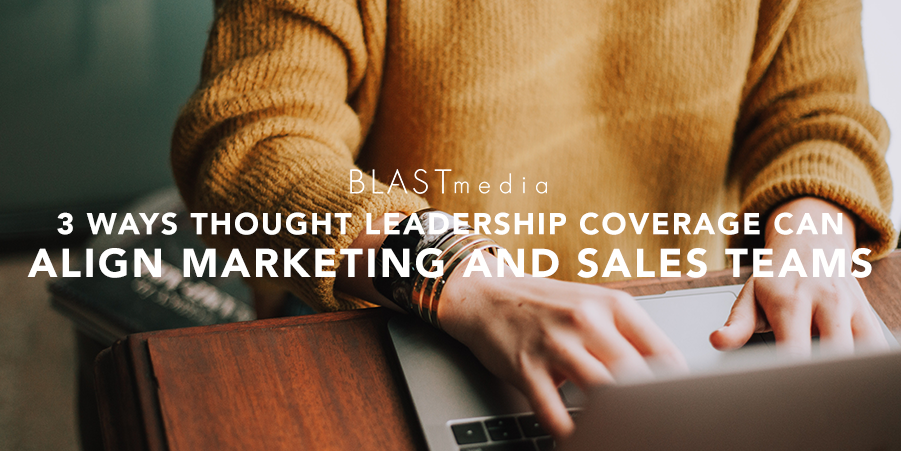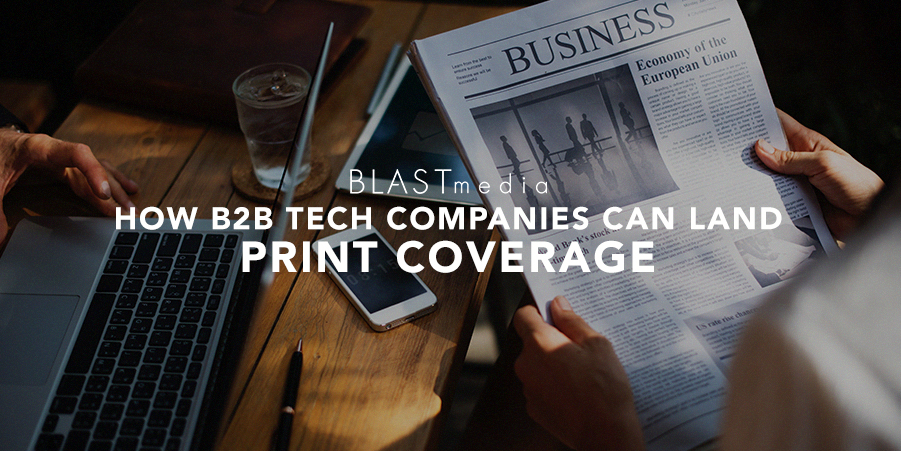Have you heard the saying “all press is good press?” Well, most PR people would tell you that’s not true. To take it a step further, different types of coverage, even if the coverage is positive in sentiment, carry a varying amount of weight.
Continue reading “Are Press Mentions a Good Measure of Brand Awareness?”Resource Topics: coverage
How to share coverage behind a paywall
We live in a world with information constantly at our fingertips. And while users prefer free access, we continue to see a rising trend in paywalls used by top publications like The New York Times, Business Insider, The Economist and The Wall Street Journal. Just last year, 76% of US newspapers published online had some form of paywall in place.
A paywall, or a barrier to access news articles without payment, comes in many forms. Some publications are inaccessible to readers without a monthly subscription, while others allow readers to see a set amount of articles before requiring payment. Learn more about PR, paywalls and why publications use them here.
People agree to paying for access to top outlets because:
1. This model existed before any online presence of a publication ever did, and therefore, consumers easily justify the logic behind paying.
2. The quality of the reporting, brand equity, tier-1 stature of the outlet, and even the power of individual journalists who possess significant social media followings, lend credence to a publication charging for views.
But what does that mean for PR? First, let’s understand the pros and cons of a paywall. Simply, a paywall means the audience reading the coverage is highly engaged, trusts the outlet and is likely to interact with a quoted vendor, either directly by Googling the name or through referral by clicking a link in the article. The con? It’s harder to share SaaS coverage when gated.
Your PR team likely subscribes to various publications so they should be able to capture a screenshot of the coverage and/or create a PDF. Once you have both, you should:
- Summarize the piece for readers in a blog post and then share the link letting them know it’s behind a paywall.
- Share the coverage link as-is on social but highlight the part showcasing your organization.
- Monitor the publication’s social media to see if any tweets and/or further story promotions occur. Be sure to share across your brand’s channels since it adds validity to your coverage.
- Use the PDF’d version or screenshot in other marketing and email campaigns.
- Leverage coverage and/or the publication’s logo in sales decks, product and investor presentations, as well on your website.
You can also obtain a license for distribution if you prefer not to pay a monthly fee, or become a subscriber of the publication yourself. I get it. Paywalls can be frustrating, but remember the audience is very engaged and trusts what they’re reading. Be sure to share coverage behind a paywall just like you would non-gated coverage. It pays dividends by enticing new prospects and further increasing the loyalty of current SaaS customers.
Check out this ebook for tips on maximizing your media coverage. If you want to amplify your SaaS brand’s story and thought leadership angles to earn coveted hits both behind a paywall and not, contact Lindsey Groepper.
Three Ways Thought Leadership Coverage Can Align Marketing and Sales
Congratulations! Your PR team secured stellar coverage with a target media outlet, and the CEO is thrilled his quote was included. But just as the whole team finished patting themselves on the back, someone from sales points out a potentially awkward truth: the product was never mentioned. Was valuable time just wasted on some pointless article that can’t assist the sales funnel? Continue reading “Three Ways Thought Leadership Coverage Can Align Marketing and Sales”
How B2B Tech Companies Can Land Print Coverage
“When it comes to news, I’m an ocean that refuses no river. But when it comes to immersion — when I really want the four winds of news to blow me deeper into comprehension — my devotion to newsprint is almost cultistic.” — Jack Shafer, Senior Media Writer, POLITICO Continue reading “How B2B Tech Companies Can Land Print Coverage”





